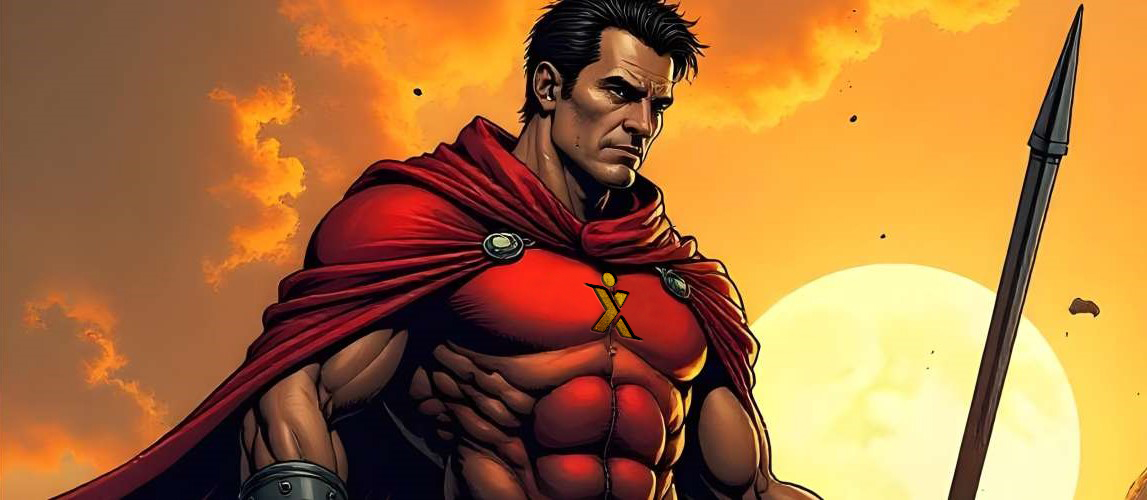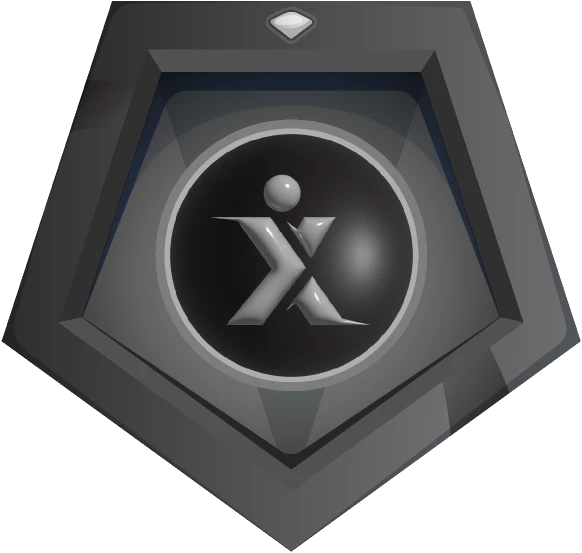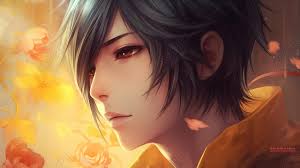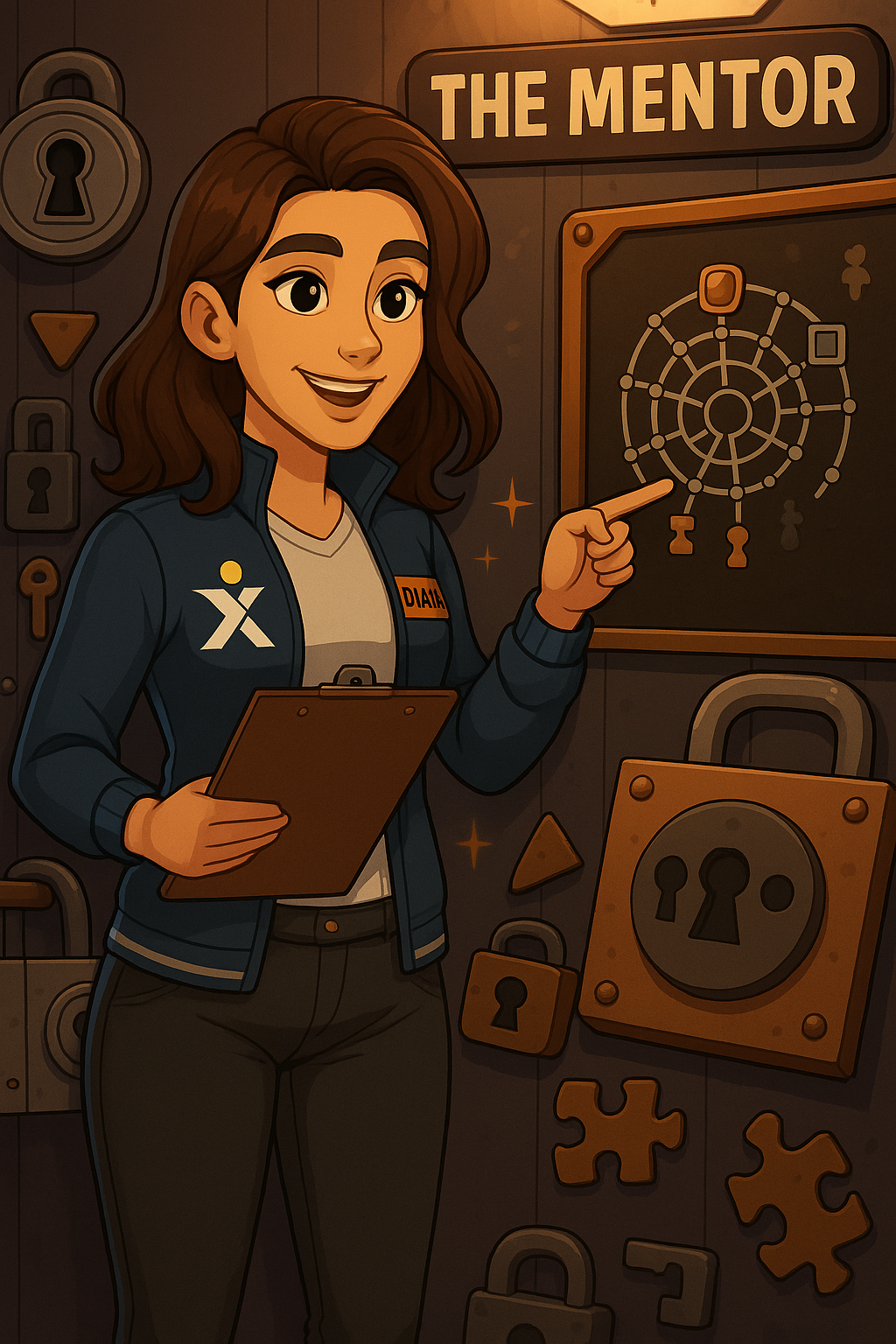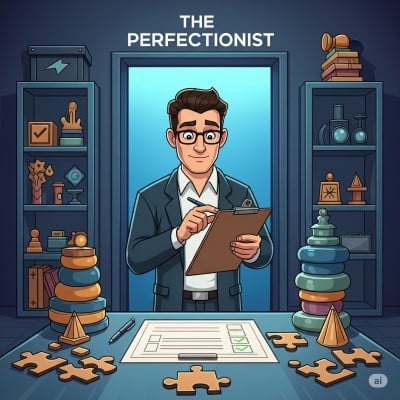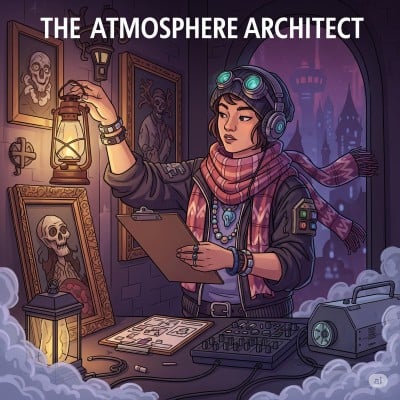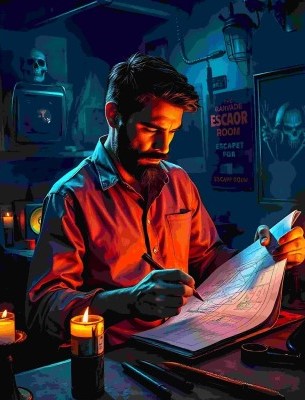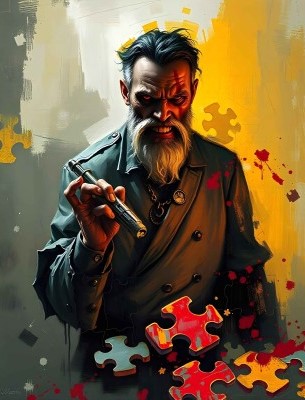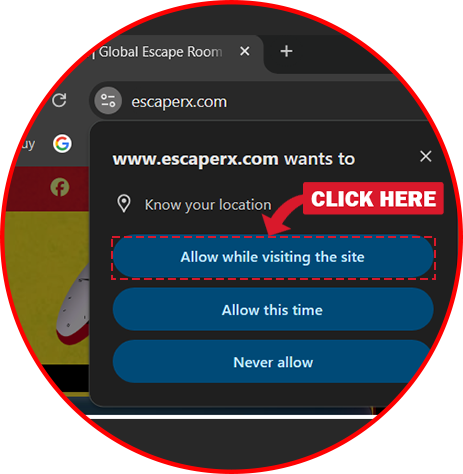The Custom Designer is one of the most dynamic and underestimated roles within the escape room ecosystem 💡 🔄. While most players approach puzzles by relying on logic, observation, or teamwork, the Custom Designer introduces something that cannot be taught through manuals or rehearsed in practice runs pure creativity. They are the ones who think outside the box, who refuse to accept the most obvious path, and who often discover 🧩 solutions in the most unexpected ways. In many cases, their imaginative perspective is exactly what a team needs to break through a deadlock and move forward 🧠.
Escape rooms are intentionally constructed to challenge conventional problem-solving. Locks are hidden in obscure places, clues are disguised as ordinary objects, and puzzles often require leaps in logic that push players out of their comfort zones 🧩 🔐. For many participants, this can be overwhelming. But for the Custom Designer, it is exhilarating. They thrive in ambiguity, seeing possibilities where others see only walls. They are not constrained by rigid patterns of thought, and this flexibility allows them to approach challenges from multiple directions until something clicks 💡 🎯.
The importance of the Custom Designer extends beyond solving individual puzzles 👥 🔧. They shape the entire team’s mindset. Their presence encourages others to loosen up, experiment, and explore unconventional approaches. Instead of defaulting to familiar strategies, teammates begin to ask new questions: What if this piece doesn’t belong here? What if the answer isn’t a number but a pattern? What if we try combining two clues that seem unrelated 🔢 🔤? The Custom Designer’s influence ripples outward, turning the escape room into a playground of innovation rather than a rigid obstacle course.
Another strength of the Custom Designer lies in adaptability. Escape rooms rarely go as planned. Teams get stuck, time runs low, and pressure builds quickly ⏳ 🧠. In these high-stress moments, many players freeze or fall into repetitive behaviors. The Custom Designer, however, thrives under this kind of pressure. They are quick to pivot, quick to reframe the problem, and quick to suggest alternatives. Their flexible approach not only produces creative solutions but also prevents morale from collapsing when the team hits a roadblock 🎯 💬.
Of course, creativity can be a double-edged sword. Not every unconventional idea will work, and sometimes the Custom Designer may lead the team on a detour that consumes valuable minutes. Yet, even in these moments, their value remains undeniable 🎨 📈. The act of experimentation often sparks fresh insights for others, and even failed attempts can reveal hidden clues. In this sense, the Custom Designer embodies the philosophy that progress in escape rooms is not linear it is iterative ⏱ ️ 🔍, requiring trial, error, and imagination.

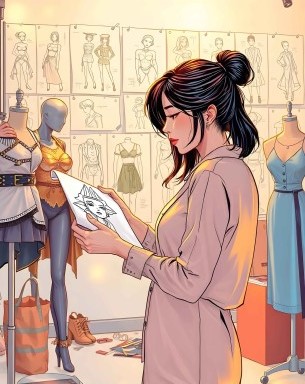

%20(1).webp?w=293.34px)
%20(1).webp?w=293.34px)

